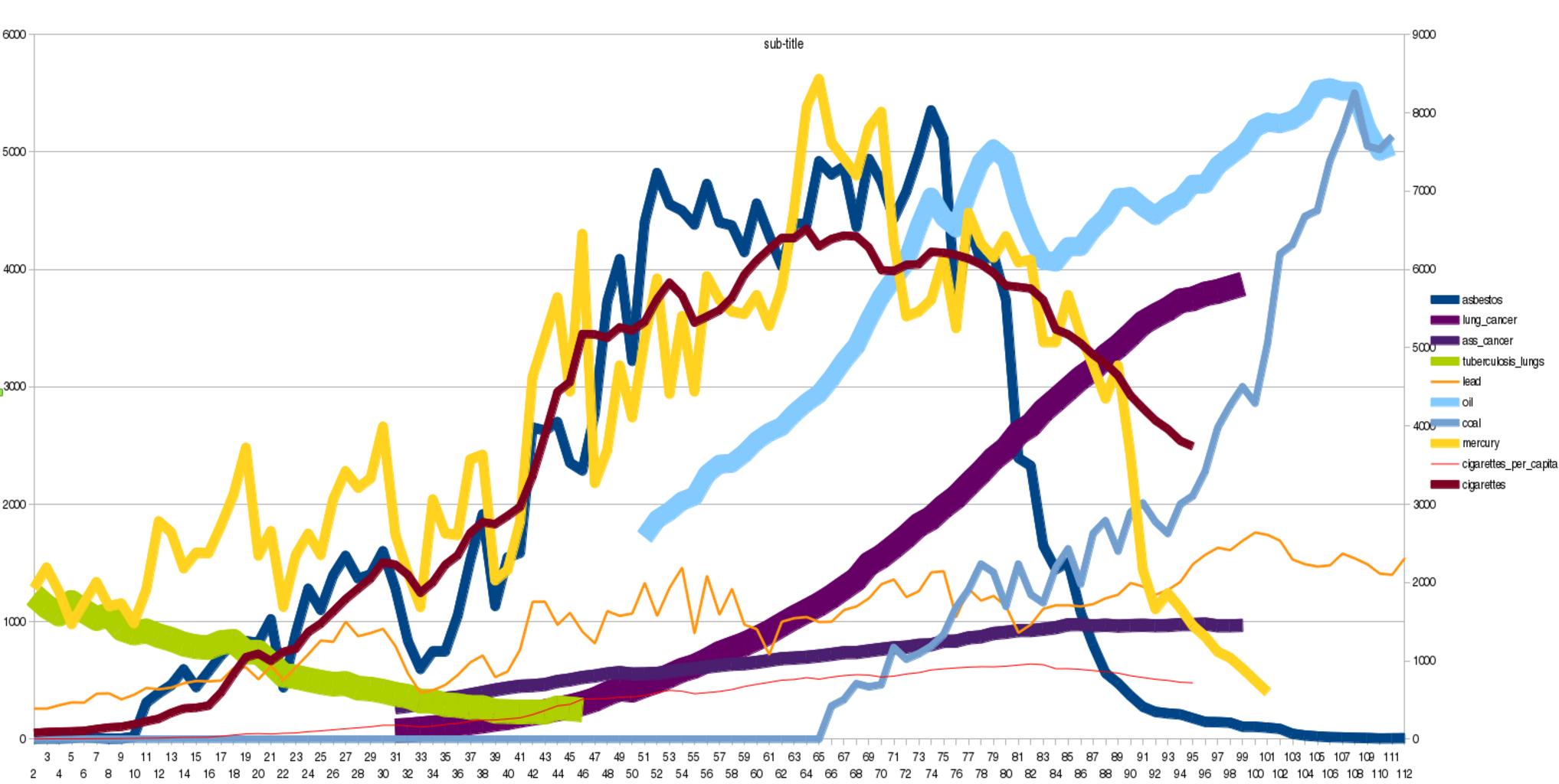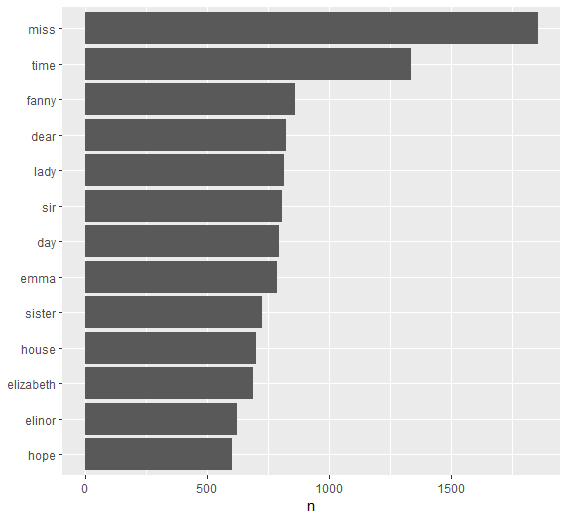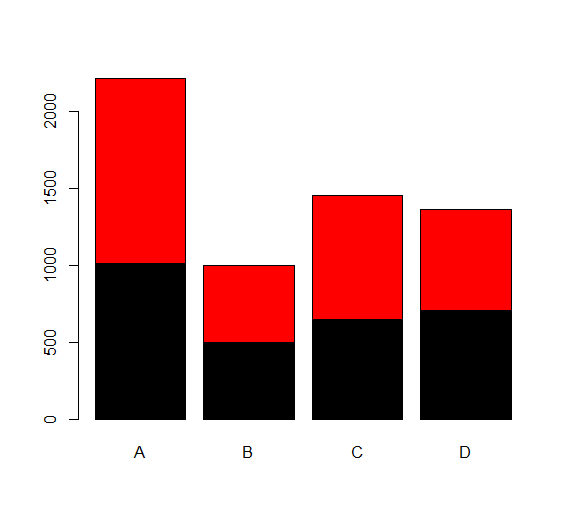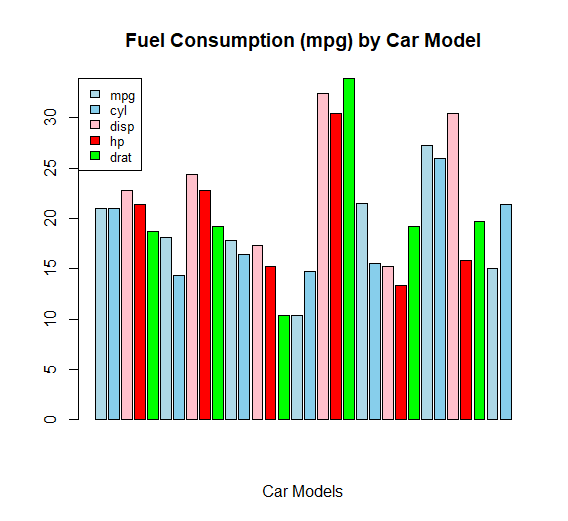Group By Minimum in R
Group By Minimum in R, the GROUP BY clause is used in combination with aggregate functions such as MIN(), MAX(), SUM() etc. to group rows that have the same value or similar values into summary rows. This allows you to perform calculations on the grouped data instead of on the entire dataset. The GROUP BY…
















